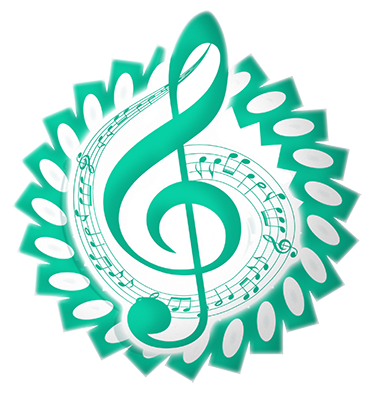Pepusch, Triosonate e minor
Johann Christoph Pepusch (1667 - 1752) was a German born organist and composer who lived and worked for a large part in England. After his studies he became organist at the Prussian Court, and attained celebrity as a profound theorist and practical musician. An incident at Court in 1697 (he was eye-witness of the summarily execution without any form a trial of an officer because of insubordination) caused him to leave Germany. He made England his home for the rest of his life. There he did much to advance the progress of music in England. He found a job as a viola player, and then as a harpsichordist at the Drury Lane Theatre. Later he became the music director for the wealthy nobleman James Brydges (later the Duke of Chandos and also an employer of Handel). Pepusch's finest vocal music is found in his secular cantatas, written in the Italian mold with alternating recitatives and ensemble passages. However, the melodic style of these works tends to be English. These works became quite popular in his time.
Pepusch's most famous work is perhaps The Beggar's Opera. This work erupted into unprecedented popularity. It quickly became more popular than Handel's operas. The work had a succession of songs, all Scotch or English folk ballads. Pepusch actually did no more than write continuo parts to accompany them (which really meant he put harmonies to them), and compose an overture. Around 1730 Pepusch was much in demand as a teacher. In 1735 he reconstituted the Academy of Ancient Music as a seminary for training boys in music. Pepusch remained Director of the Academy until his death in 1752.
The bulk of Pepusch's compositions are instrumental; among them over a hundred sonatas with several dozens sonatas for two solo instruments and basso continuon. Several of these can be easily adapted to make and attractive Triosonata for organ. The Triosonata in e minor, presented today is one of those sonatas. Originally written for viola da gamba and flute, it has four parts, in the familiar arrangement slow, fast, slow, fast. The slow pieces are lyrical and not difficult to play. The fast parts are a bit more demanding, yet well worth the trouble of practising them.
The recording was done with the Hauptwerk software and the sample set of the Vermeulen organ of Sts. Simon and Jude Thaddeus Apostles Church in Raszczyce by Piotr Gabrowsky (http://www.piotrgrabowski.pl/raszczyce.html)
Score available here: http://partitura.org/index.php/johann-christoph-pepusch-triosonate-e-moll
▶️ DTube
▶️ IPFS
Thanks for sharing the performance!
Resteemed, your post will appear in the next curation with a SBD share for you!
Your post has been supported and upvoted from the Classical Music community on Steemit as it appears to be of interest to our community. You can find details about us below.

The classical music community at #classical-music and Discord.
Follow our community accounts @classical-music and @classical-radio.
Follow our curation trail (classical-radio) at SteemAuto or help us out with a delegation!
Thanks for the support
Congratulations @partitura! You have completed some achievement on Steemit and have been rewarded with new badge(s) :
Click on the badge to view your Board of Honor.
If you no longer want to receive notifications, reply to this comment with the word
STOP